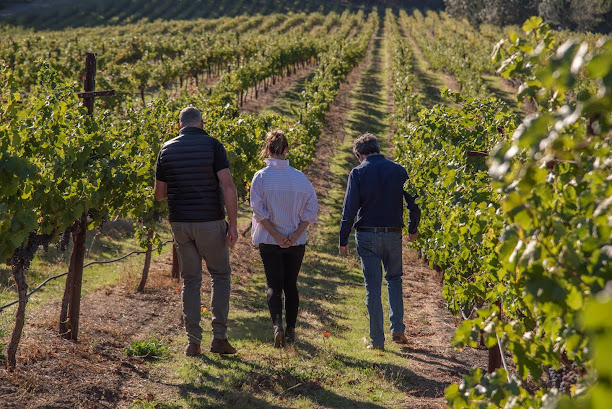When does an “alternative” variety become mainstream? It’s
an interesting point. Take pinot gris/grigio, for example, It was once seen as
an alternative grape but now seems to be everywhere.
Similarly, sangiovese
and tempranillo are now so common that it almost seems silly to call them
alternatives.
And if availability in casks is any guide several other “alternatives”
are rapidly flowing into the mainstream.
 |
| The fruits of the 2020 harvest at Calabria |
The Riverina-based Calabria family has just released its new Banta Box range of two-litre casks that feature well-established varieties such as chardonnay, sauvignon blanc, pinot grigio, cabernet-merlot, shiraz and rose and a couple of “alternative” varieties in montepulciano and nero d’avola (due out later this year).
Montepulciano, most famously grown in the eastern Abruzzo
region of central Italy, produces a soft, rich red featuring red and black
berry fruits and a touch of spiced cherry. The Banta Box version is a
medium-bodied red made to enjoy young and delicious alongside pizza, meat and
tomato-based pastas and lamb.
Nero d’avola, which is one of the most important red grapes
of Sicily, produces a robust wine with flavours of dark berries, plum and
cherries with a savoury finish. It’s a good match for hearty beef-based dishes
although it will also go well with a good hamburger.
All the range sells for a recommended $13.99 and will be
available through independent retailers.
It’s interesting to see such wines in a cask and can only
suggest that what was once alternative is fast becoming mainstream. If you are
looking for a less-expensive way to taste different varieties, this is a good
way to go.
For more information or to find a stockist near you, go to www.bantabox.com.au












